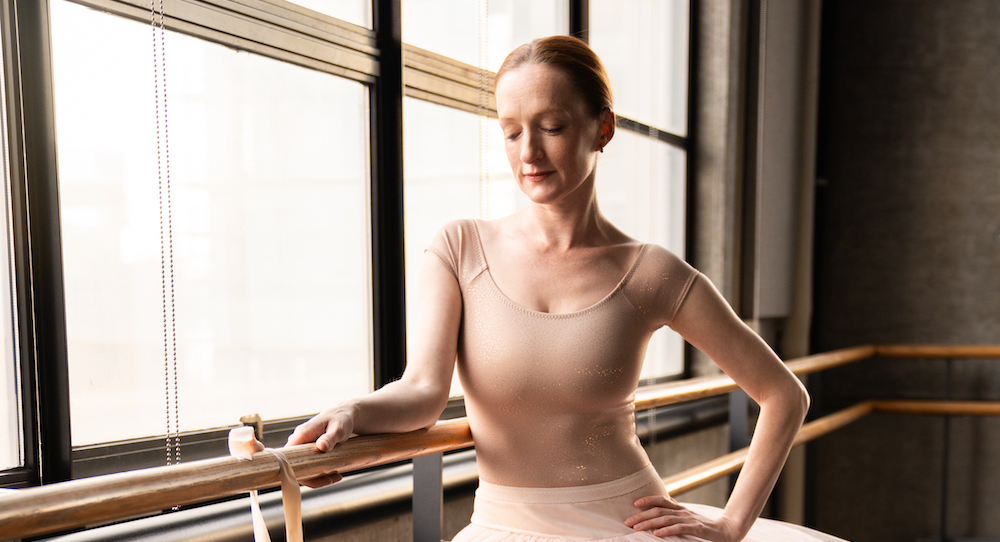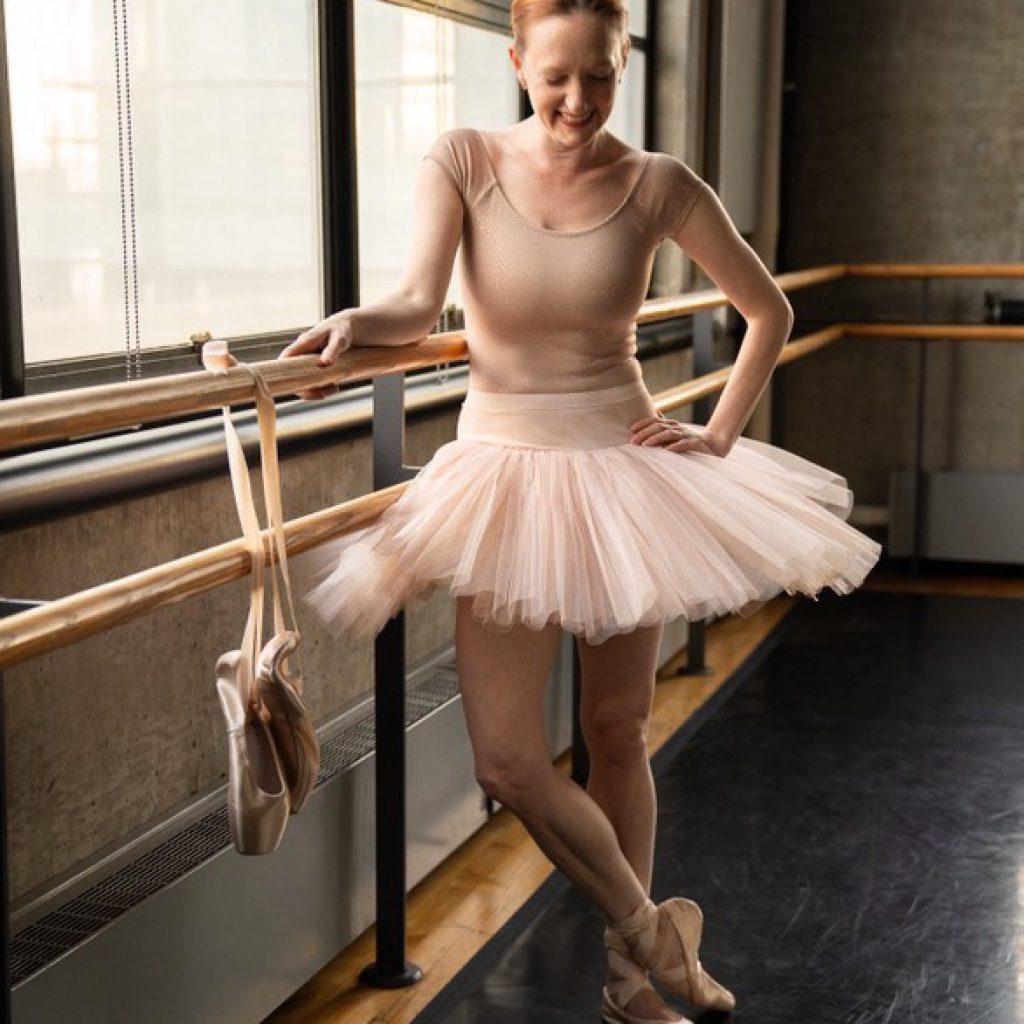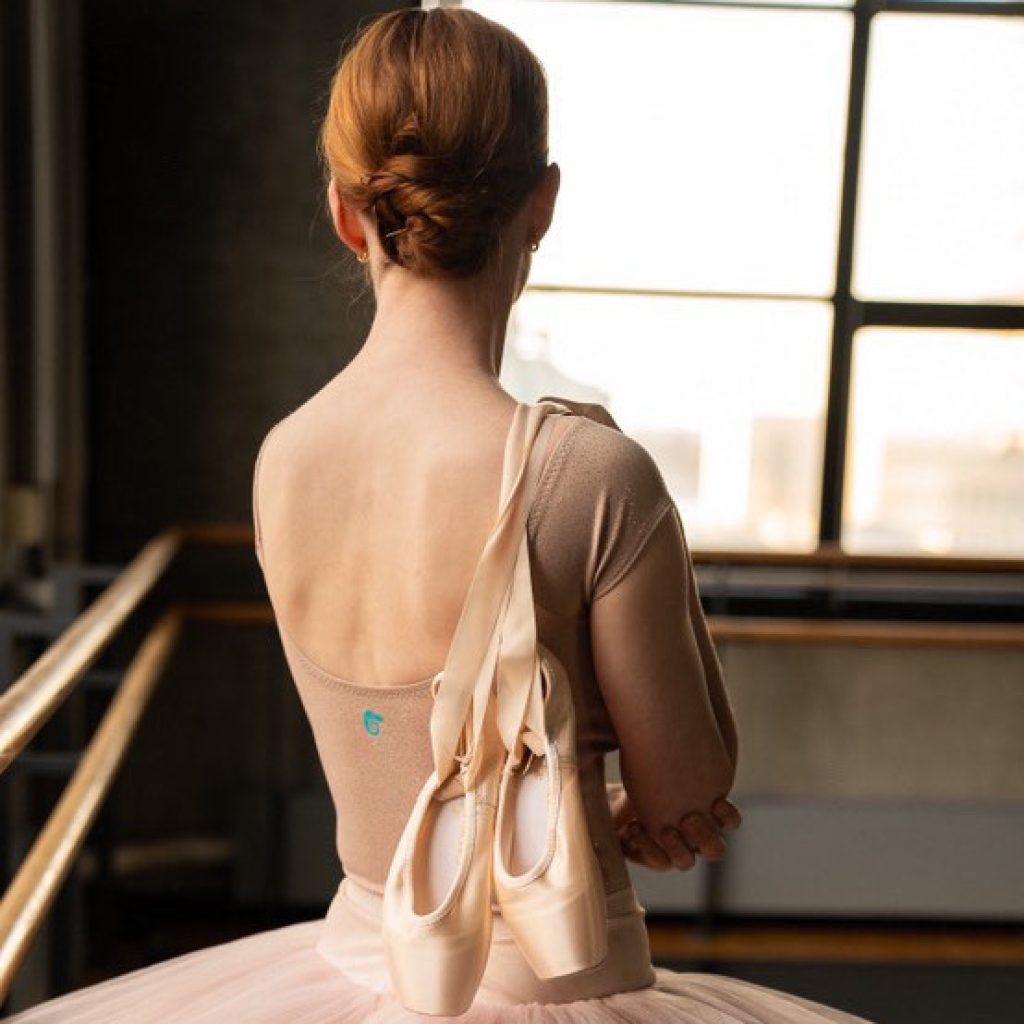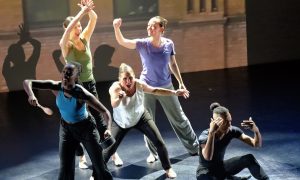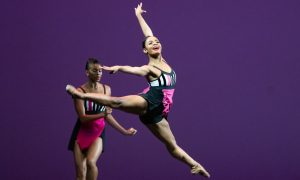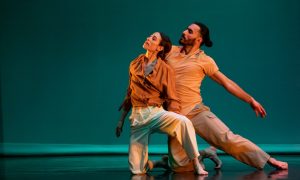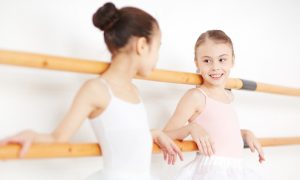Gillian Murphy, the longest-standing current dancer with American Ballet Theatre (ABT), will give her final performance in the role of Odette/Odile in Swan Lake on July 18, at the Metropolitan Opera House at Lincoln Center in NYC. Murphy joined the company in 1996, as a 16-year-old teenager, became a soloist in 1999, followed by principal in 2002. While primarily with ABT, she has danced as a guest artist with The Australian Ballet, Staatsballett Berlin, Kiev Ballet, Mariinsky Ballet, New York City Ballet, Royal Swedish Ballet and The Royal New Zealand Ballet. Dance Informa sat down with Murphy to discuss the future, the past and the power of sustained curiosity.
You’ve been a principal dancer for essentially your entire adult life. You’ll be 46 when you give your last performance, an incredible duration for a ballet career. Do you have any idea what’s next, or are you taking things as they come?
“From an early age, the clock’s ticking, and you can’t dance forever. I’ve always had that awareness, but I do feel incredibly grateful that I’ve made this decision without any pressure and really feel like it’s the right time. A part of me will always want to dance and always love the exhilaration of being on stage, and that’s where I feel most at home. But I also get so much fulfillment from coaching dancers, and from watching and supporting young dancers or professional dancers of any age. So, I feel like that’s really what my next chapter will involve. I’ve been coaching, teaching and staging at American Repertory Ballet, and I’m going to continue to do that.”
It would have been easy to transition from the stage during the Covid pandemic, but instead you did the hard work to get back in shape after a lot of time off (like every dancer), and continued to perform for several years after theaters were back. What made you want to continue, knowing how much work it would be, and how (relatively ) little time you would have left in your performing career?
“In February of 2020, my son was about eight months old and I had just gotten back on stage, and did full-length Giselle with ABT at The Kennedy Center, and I was feeling good. It was certainly not easy to come back from from being pregnant, but I felt good. And then the pandemic hit, and I was trying to do barres in my kitchen. And after a little while, I decided to just completely embrace this time with my baby and not think too much about trying to stay in shape and what’s next, in terms of ballet. And after a few months, I felt complete. I felt fulfilled. I felt like it might be time to say I’ve had this career that I’m so grateful to have had, and I want to end on a high note. I contacted my director at the time, Kevin McKenzie, and I said that when we get back on stage, I’d love to do a final show, but then I can wrap things up. His response kind of surprised me and said, ‘If you’re absolutely certain, by all means, but I actually feel that you have many more years in you, and there is no rush.’ When I got back in the studio, I didn’t expect to feel that good after that much time off. I loved being back in the studio, and I was able to find a good balance with my son and my husband. I felt that I love my job. I love the people I work with. And I don’t need to make this decision right at this moment but just enjoy, as I’ve always done, enjoy every moment I can dance.”
What were you like as a kid? Did you dare to imagine the magnitude of the career you’ve had?
“I really have had a career that I could only have dreamed of and I didn’t expect. When I was little and watching videotapes of all these great ABT ballerinas, part of me did feel like I can do that. I didn’t know how hard it was at that moment. I just thought if I apply myself and really focus, there’s no reason why I couldn’t do that. It has been pretty wild in moments in my career where I’m working with those ballerinas and just sort of pinch pinching myself, that little girl in Florence, South Carolina. I had those dreams, but the fact that it actually happened is wild, and I can’t take any of that for granted.”
What were some things about your childhood and training that set you up well for success in the field?
“I have to give a huge shout out to my parents. My mom ended up driving long distances to get the kind of training I needed to pursue this career, and if they hadn’t worked out how to make that happen, I absolutely would not be here. I think when I was about 11, I started showing aptitude and and also they saw me onstage where I came alive. I was a shy kid and onstage, I was absolutely in my element. I felt completely confident and at home. They also instilled in me a learning mindset. That’s been one of the biggest keys to my success as a dancer. Every day, even in my final couple months, I’m learning. In my training with Melissa Eden, I really learned how to take criticism and make it constructive for myself. I learned from that early age how to take what could be helpful and useful, to not take things personally, to really understand how to apply corrections, and to to not let anyone else get in your head.”
The growth and learning mindset is paramount to any long and successful career, and it clearly allowed yours to flourish for a long, long time. As you step away from the performance part and toward the other aspects of dance, do you have any parting words for dancers as they navigate their own journeys?
“I would say some advice to dancers, or aging dancers, is really take as much as you can from the coaching you get, from the the people you work with, from observing other dancers, and from listening to your director and coaches. But ultimately, you really have to be true to yourself, your own health, your own intuition, and your own sense of purpose.”
You can follow Gillian Murphy on Instagram: @gillianemurphy.
By Emily Sarkissian of Dance Informa.


